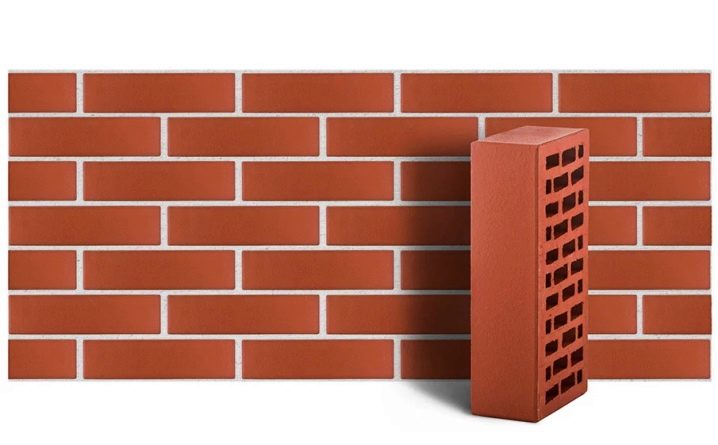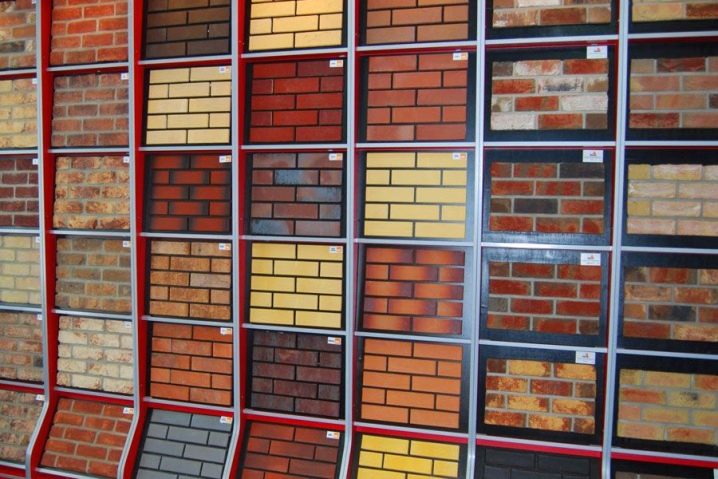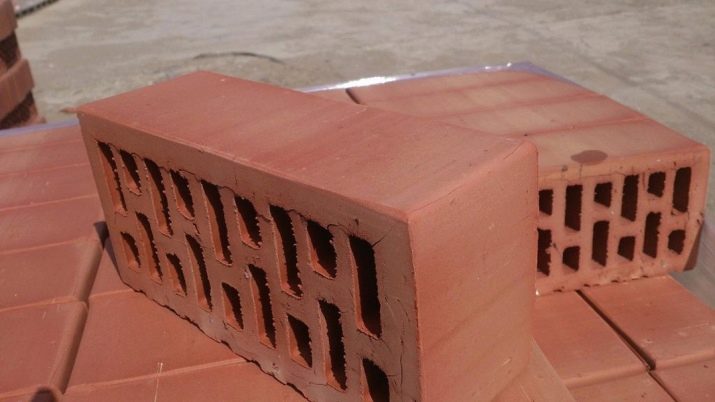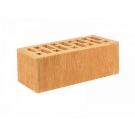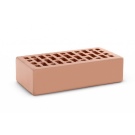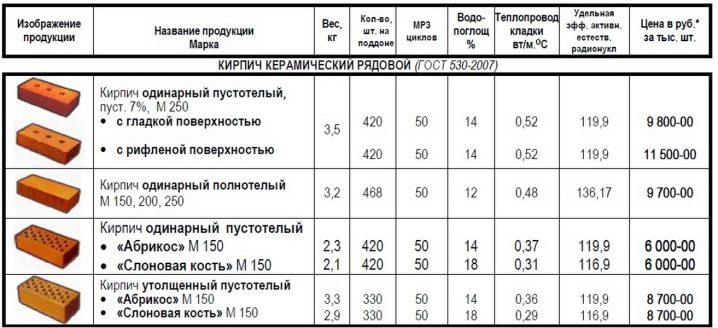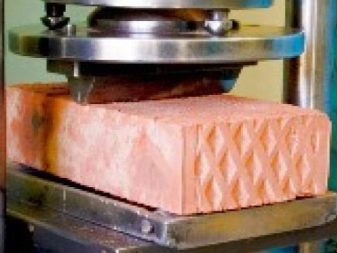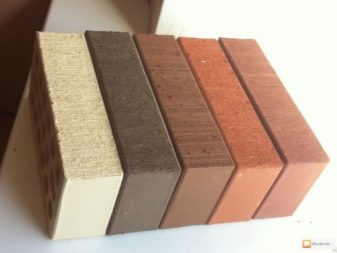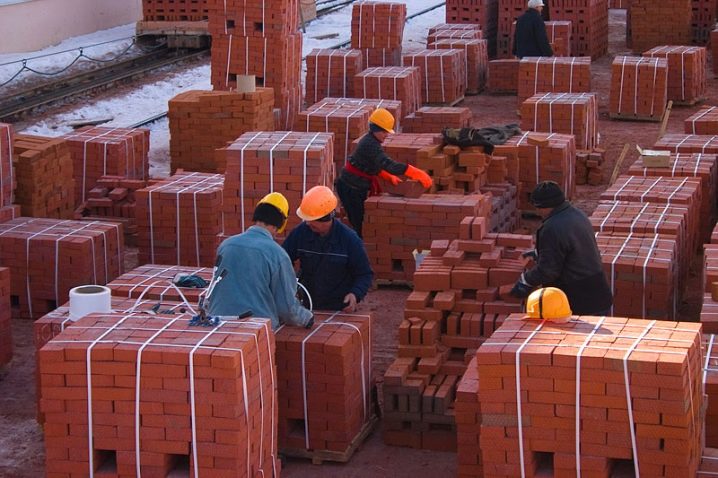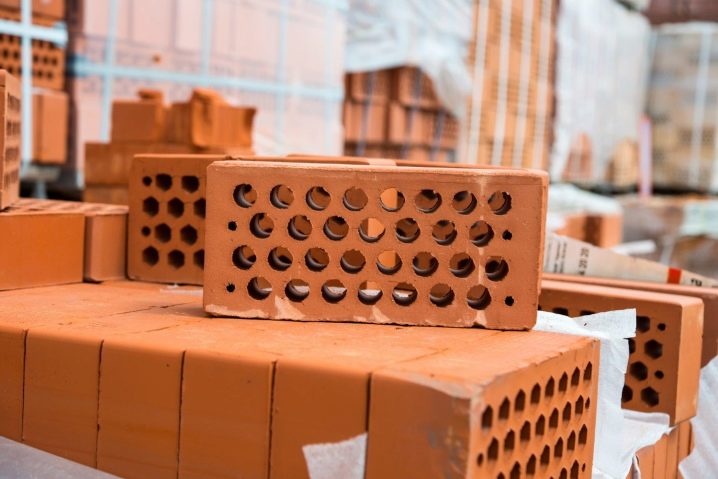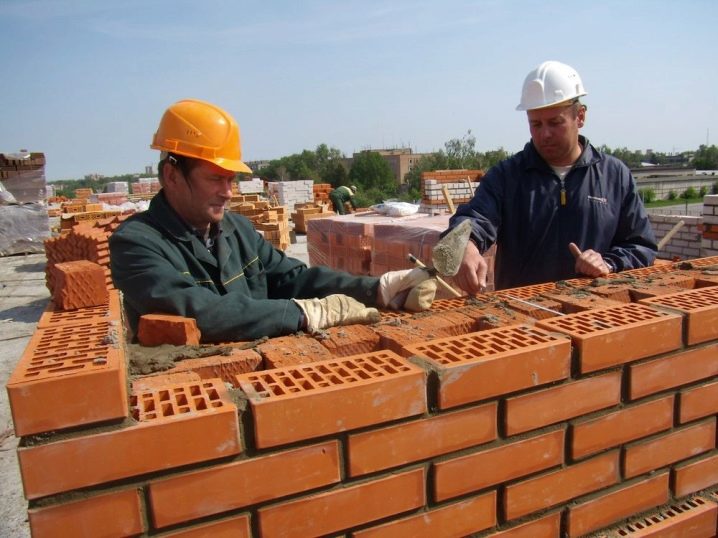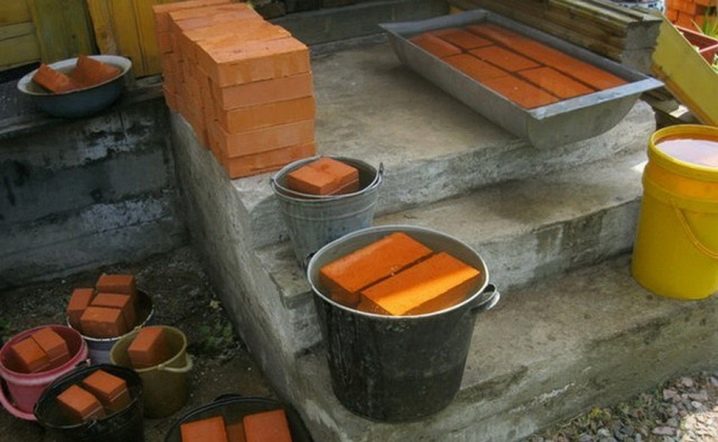What should be ceramic bricks according to GOST?
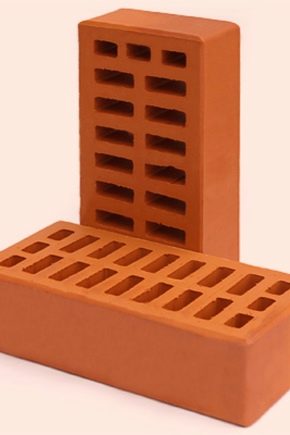
Brick is one of the most ancient building materials, which is durable and durable. Currently, in order to comply with all parameters, its production is regulated by GOST No. 530, which regulates recommendations and instructions to both consumers and manufacturers.
If such information is available, you can protect yourself from buying a low-quality product, as well as choose the best product for those or other needs.
Types of bricks
All ceramic bricks, both facing and construction, are made according to the standard.
Such material differs in composition:
- high strength characteristics, which allows it to withstand heavy loads and makes it possible to build foundations from it;
- resistance to negative external factors;
- able to withstand high temperatures.
Currently there are the following types of bricks.
- Private single. An ordinary brick, which has no voids, is inexpensive, and is not decorated in any way. It is the most common.
- Full bodied. May have one or more voids.
- Hollow. It has many voids of various configurations and sizes.
- Facade. It is made of any shapes and geometries.
- Clinker. Durable material that is used in landscape design and as a decorative material. The parameters correspond to the standard, but if necessary, can be produced in various other forms.
- Facial. It belongs to decorative materials and has characteristics similar to ordinary brick. It has strength and at the same time has a decorative base.
- Ceramic block. It has voids inside, it is large. Designed for masonry walls.
Definition and labeling
Brick is a ceramic material, as it is made of clay, followed by firing. Usually it has the shape of a parallelepiped with right angles, and its standard dimensions are 250x120x65 mm. Also, additional bricks are marked in accordance with the strength, which is indicated by the letter "M".
For the construction of small structures or outbuildings usually used brick brand "M100", and for high-rise buildings - "M1000".
For facing materials it is important not only quality, strength and compliance with standards, but also a beautiful look. Therefore, such products may have the following side surfaces: textured, glazed, with a relief.
Such requirements are not imposed on an ordinary brick, and therefore it usually has smooth surfaces, and the color may be different, depending on the type of additives used.
According to GOST, bricks also have requirements for being able to withstand a certain number of freeze / thaw cycles. This parameter is denoted by the letter F and the numerical value after it.
Advantages and disadvantages
Ceramic materials, like any other, are characterized by their strengths and weaknesses.
Benefits include:
- high density and strength properties;
- frost resistance;
- fire resistance;
- environmental friendliness;
- a large assortment;
- the ability to do laying with their own hands;
- aesthetic qualities.
Minuses:
- fragility;
- appearance of efflorescence;
- the need for skills when laying.
Storage and transportation
Bricks are packaged in a film or other material that protects the product from external factors and weathering. The brick is laid on pallets and is marked depending on the number of units in a pack. Also allowed storage in open areas, taking into account seasonality.
Transportation is made by any vehicles in compliance with regulatory requirements. In this case, the products are fixed appropriately to prevent them from falling.
Selection and admission rules
When buying or ordering such material you need to take into account some rules.
Here are the most necessary conditions:
- bricks must comply with GOST and have certificates;
- the quality of the building stone should be reflected in the necessary accompanying documents;
- the party can not be defective products;
- documents must include the address of the manufacturer, the batch number, as well as the strength mark, density, water absorption level, frost resistance, and other parameters;
- on the production of bricks without fail passes tests, the results of which are indicated in the certificate.
In order to avoid mistakes and not to purchase low-quality material, it is recommended to pay attention to when choosing:
- brick look and color uniformity;
- the presence of mechanical damage;
- the presence of irregularities and chips;
- the presence of a certificate.
Scope of application
It is necessary to abandon the purchase of handicraft bricks, as low cost can cause short-term operation of buildings and entail the need to purchase an additional batch of bricks.
As you can see, GOST for brick is useful not only for manufacturers, but also for buyers. If you have the above information, you can protect yourself from buying low-quality products and acquire the optimal type of brick, which is suitable for certain purposes.
In some cases, according to GOST, deviation of geometrical parameters is allowed, but they should not exceed the norm, which is 1-2 mm.
It is important when choosing also to pay attention to the possibility of water absorption by the product, for this it is immersed in a container with water and left there for a day, then weighed.
These figures are compared with the weight of bricks in a dry form and are recorded in the documents.
If necessary, the construction of multi-storey buildings should pay attention to the strength of the brick. For this, it is placed under a press and exerts a certain load, up to its destruction. The more weight a brick can withstand, the longer it will last and stay in laying..
It is also important when designing objects where brick in the form of building material will be used, initially determined with frost resistance, density and other parameters of products, which will help them to stand longer in the wall and not to collapse. All these points are recorded in the documentation for the product, and the requirements must be strictly followed by manufacturers.
How to choose a ceramic brick, see the next video.
